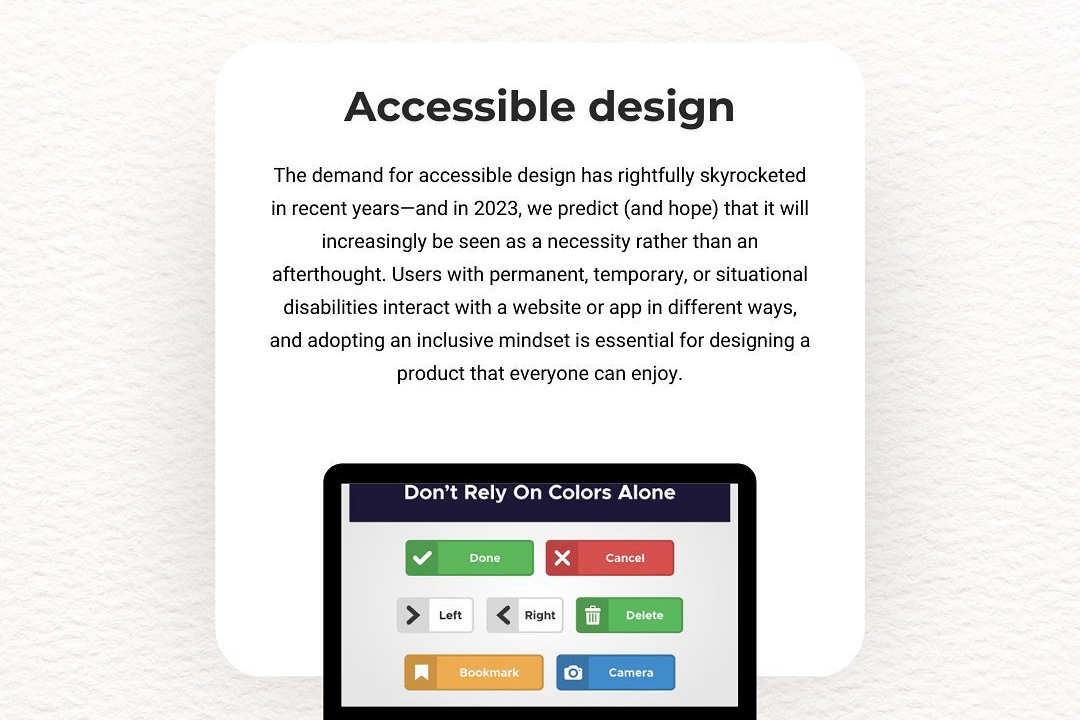Find Date Differ Program Using Ajax And Php
A find date difference program using AJAX and PHP is a web-based application that enables users to c
Find Date Differ Program Using Ajax And Php
A find date difference program using AJAX and PHP is a practical web application that allows users to easily calculate the number of days between two dates without reloading the page. Its usefulness lies in providing instant, real-time results, which enhances user experience and efficiency for various tasks like project management, event scheduling, or deadline tracking. By combining AJAX for seamless asynchronous communication and PHP for server-side processing, this program offers a dynamic and interactive way to handle date calculations, saving time and simplifying complex date computations for users.
To Download Our Brochure: https://www.justacademy.co/download-brochure-for-free
Message us for more information: +91 9987184296
A find date difference program using AJAX and PHP is a practical web application that allows users to easily calculate the number of days between two dates without reloading the page. Its usefulness lies in providing instant, real time results, which enhances user experience and efficiency for various tasks like project management, event scheduling, or deadline tracking. By combining AJAX for seamless asynchronous communication and PHP for server side processing, this program offers a dynamic and interactive way to handle date calculations, saving time and simplifying complex date computations for users.
Course Overview
The “Find Date Difference Program Using AJAX and PHP” course teaches how to build a dynamic web application that calculates the difference between two dates in real-time. Participants learn to use AJAX for seamless user interactions and PHP for backend processing, enabling instant date difference calculations without page reloads. This course covers core concepts, coding techniques, and practical implementation to develop efficient, user-friendly date calculation tools.
Course Description
Learn to create a dynamic date difference calculator using AJAX and PHP, enabling real-time, seamless calculations without page reloads through practical coding and implementation.
Key Features
1 - Comprehensive Tool Coverage: Provides hands-on training with a range of industry-standard testing tools, including Selenium, JIRA, LoadRunner, and TestRail.
2) Practical Exercises: Features real-world exercises and case studies to apply tools in various testing scenarios.
3) Interactive Learning: Includes interactive sessions with industry experts for personalized feedback and guidance.
4) Detailed Tutorials: Offers extensive tutorials and documentation on tool functionalities and best practices.
5) Advanced Techniques: Covers both fundamental and advanced techniques for using testing tools effectively.
6) Data Visualization: Integrates tools for visualizing test metrics and results, enhancing data interpretation and decision-making.
7) Tool Integration: Teaches how to integrate testing tools into the software development lifecycle for streamlined workflows.
8) Project-Based Learning: Focuses on project-based learning to build practical skills and create a portfolio of completed tasks.
9) Career Support: Provides resources and support for applying learned skills to real-world job scenarios, including resume building and interview preparation.
10) Up-to-Date Content: Ensures that course materials reflect the latest industry standards and tool updates.
Benefits of taking our course
Functional Tools
1 - HTML (HyperText Markup Language): HTML forms the backbone of the web application, providing the structure for user inputs such as date entries. It allows students to create intuitive and accessible input fields, labels, and buttons that facilitate seamless data collection. Understanding HTML is essential for designing user friendly interfaces, which is a fundamental aspect of web development. Students learn how to structure forms correctly and implement responsive designs, ensuring compatibility across devices.
2) CSS (Cascading Style Sheets): CSS is used to style the front end interface, making the form visually appealing and easy to navigate. It enables students to enhance user experience by applying layouts, colors, fonts, and responsiveness to their forms and result displays. Learning CSS helps in creating professional looking web pages, which can significantly impact user engagement and satisfaction.
3) JavaScript: JavaScript adds interactivity to the web application, allowing real time validation of data inputs and dynamic updates without page reloads. Students learn how to implement client side scripting to improve the usability and responsiveness of their applications, such as displaying date difference results instantly upon input. Mastering JavaScript is crucial for enhancing engagement and creating smooth user experiences.
4) AJAX (Asynchronous JavaScript and XML): AJAX enables asynchronous data exchange between the client and server, allowing data to be sent and received in the background. Students learn how to use AJAX to fetch date difference calculations from the PHP backend without reloading the webpage, providing real time results. This skill is vital for developing modern web applications that prioritize speed and user experience.
5) PHP (Hypertext Preprocessor): PHP functions as the server side language responsible for processing the date inputs received via AJAX, calculating the difference, and sending the response back to the client. Students gain insights into server side scripting, handling data securely, and performing date manipulations efficiently. PHP's simplicity and widespread use make it an ideal choice for beginners learning web server programming.
6) MySQL Database: While not always mandatory for simple date difference calculations, MySQL can be introduced for storing user data or historical records. Students learn database connection, data retrieval, and data management techniques conserving data integrity and security. This component prepares learners for integrating backend databases into more complex web applications.
7) Developer Tools: Students are trained on browser developer tools such as Chrome DevTools or Firefox Developer Edition, which are essential for debugging, inspecting network requests, and optimizing code. These tools help in troubleshooting issues, analyzing performance, and ensuring cross browser compatibility, making students more proficient developers.
8) Text Editors/IDEs (Integrated Development Environments): Tools like Visual Studio Code, Sublime Text, or PhpStorm are introduced for writing, editing, and managing code efficiently. Students learn best practices for organizing project files, using extensions, and version control integration to streamline their development process.
9) Version Control Systems (Git): Incorporating Git helps students manage changes, collaborate with peers, and track project progress efficiently. Understanding version control is critical for professional development environments, ensuring code reliability and facilitating collaboration in team settings.
10) Web Browsers: Testing applications across different browsers ensures cross browser compatibility. Students learn how browsers interpret code differently and practice optimizing their applications for universal accessibility.
11 - Validation Tools: Tools for validating HTML, CSS, and JavaScript code are introduced to maintain code quality and standards compliance. Students understand the importance of clean, error free code in professional web development.
12) RESTful API Concepts: While not directly involved in simple date calculations, students are introduced to basic API interaction principles for future scalability. It prepares them to understand how to integrate third party services or extend functionalities using APIs.
13) Responsive Design Techniques: Students learn how to make web forms and results display adapt seamlessly to various screen sizes and devices using media queries and flexible layouts. This skill ensures that applications built for date calculations are accessible on desktops, tablets, and smartphones, enhancing user reach and engagement.
14) Accessibility Best Practices: The course covers methods for making web applications accessible to users with disabilities, such as implementing proper labels, keyboard navigation, and ARIA roles. This knowledge helps create inclusive tools that serve a broader audience.
15) Basic Security Practices: Students are introduced to fundamental security principles like input validation, sanitization, and protection against common vulnerabilities such as XSS and CSRF, ensuring that date calculation apps are robust and secure in real world deployment.
16) Deployment and Hosting: Guidance is provided on deploying web applications to live servers using platforms like shared hosting, cloud services, or GitHub Pages. Students learn how to publish their date difference calculator online, making it accessible to users globally.
17) Performance Optimization: The course emphasizes techniques to optimize front end and back end code, reduce load times, and improve responsiveness. Students understand the importance of efficient code practices for maintaining high user satisfaction.
18) Basic Testing and Debugging: Students are trained to write test cases, perform interactive testing, and use debugging tools effectively to identify and fix issues in their applications, ensuring reliable performance.
19) Introduction to Frameworks and Libraries: Although not mandatory, students get a brief overview of popular frameworks (like Bootstrap for UI design) and libraries (like jQuery for DOM manipulation), which can accelerate development and enhance functionality.
20) Project Management Skills: The course promotes understanding of project planning, version tracking, and documentation best practices, preparing students to undertake larger, more complex projects confidently.
21 - Fundamentals of Web Hosting and Domain Registration: Students learn how to purchase domains, set up DNS records, and configure servers, understanding how to make their applications publicly accessible and professional.
22) API Integration Skills: Beyond simple date calculations, students explore how to connect their applications with external APIs for added features, such as calendars, time zones, or event reminders, broader than the current scope.
23) Cross Browser Compatibility Testing: Techniques for testing applications across different browsers ensure features work uniformly, preventing discrepancies in the user experience.
24) SEO Basics and Web Optimization: For web applications with public access, students learn foundational SEO principles and optimization strategies to improve visibility on search engines.
25) User Experience (UX) Design Principles: Emphasis on designing intuitive workflows, clear instructions, and responsive feedback within the application to foster positive user interactions and satisfaction.
26) Licensing and Legal Aspects: Students are introduced to licensing types, privacy policies, and data handling regulations to ensure their web applications comply with legal standards.
27) Continuing Learning Resources: Guidance on how to stay updated with evolving web technologies, participate in developer communities, and explore advanced courses for further specialization.
28) Certification and Portfolio Development: Tips on how students can document their projects, earn certifications, and build portfolios that showcase their skills to potential employers or clients.
This comprehensive curriculum equips learners not only to develop a functional date difference calculator but also to step confidently into broader web development roles, combining technical expertise with best practices and professional readiness.
Browse our course links : https://www.justacademy.co/all-courses
To Join our FREE DEMO Session:
This information is sourced from JustAcademy
Contact Info:
Roshan Chaturvedi
Message us on Whatsapp:
Email id: info@justacademy.co











